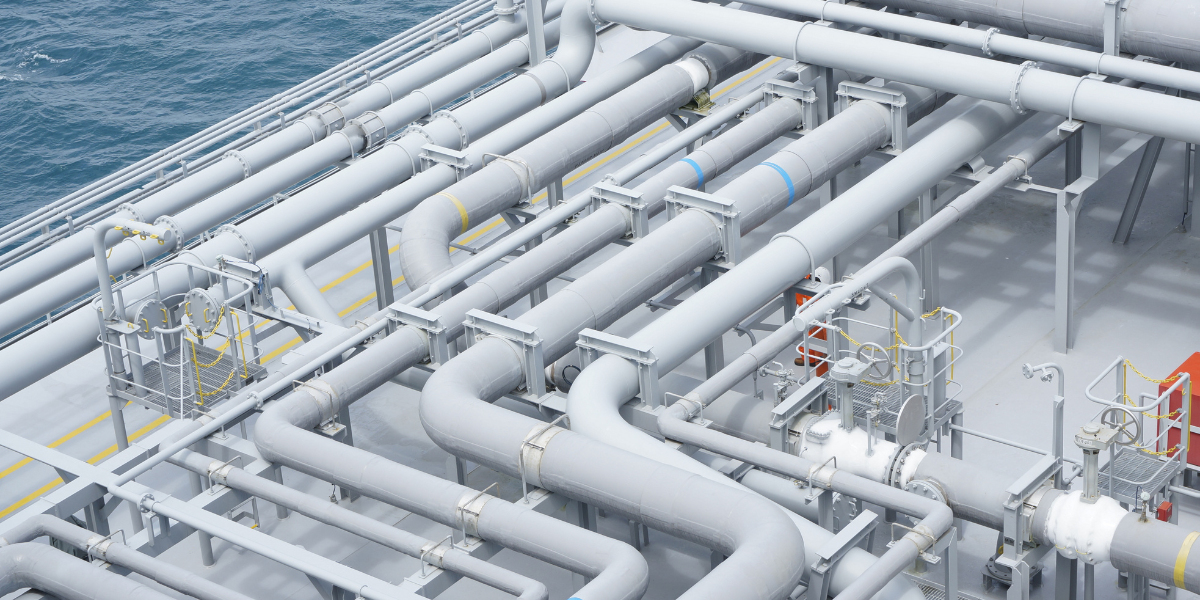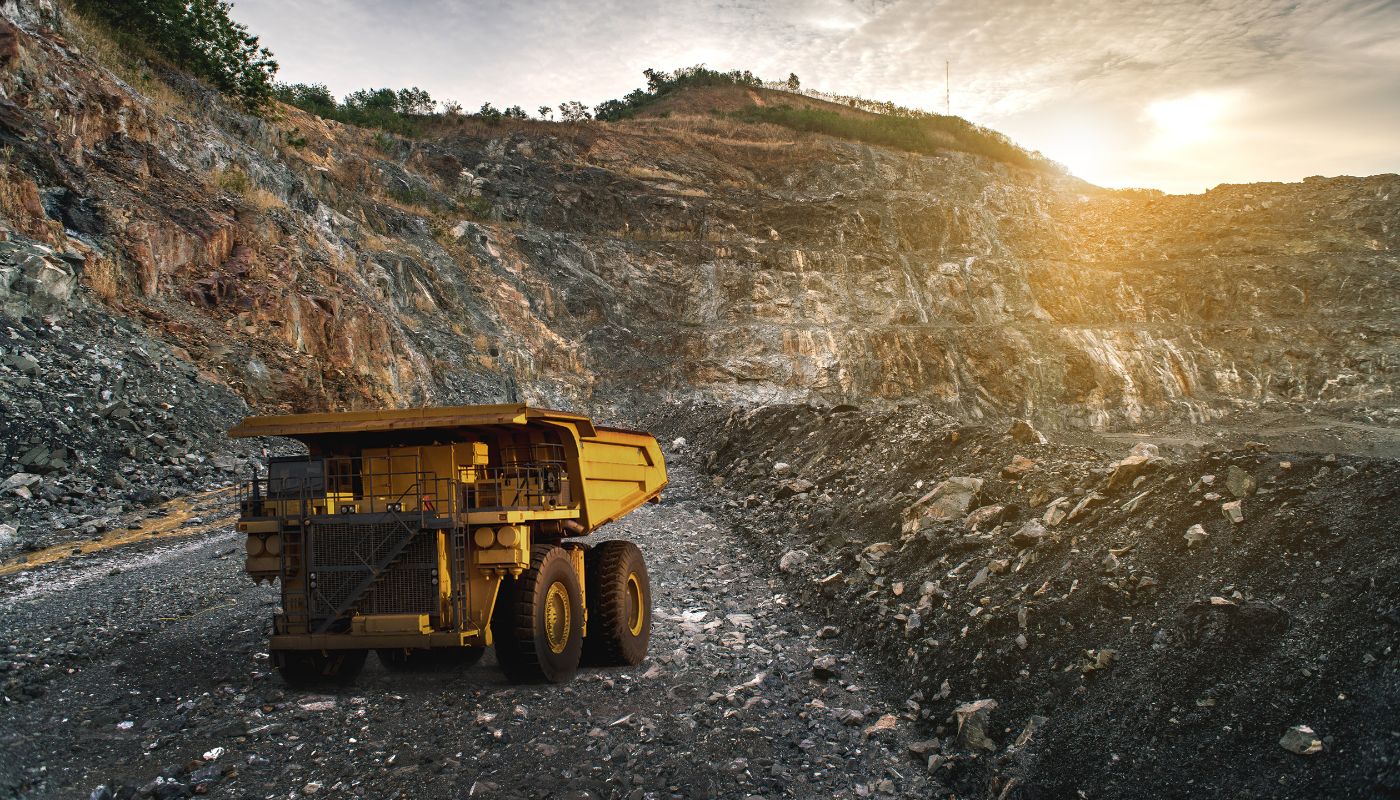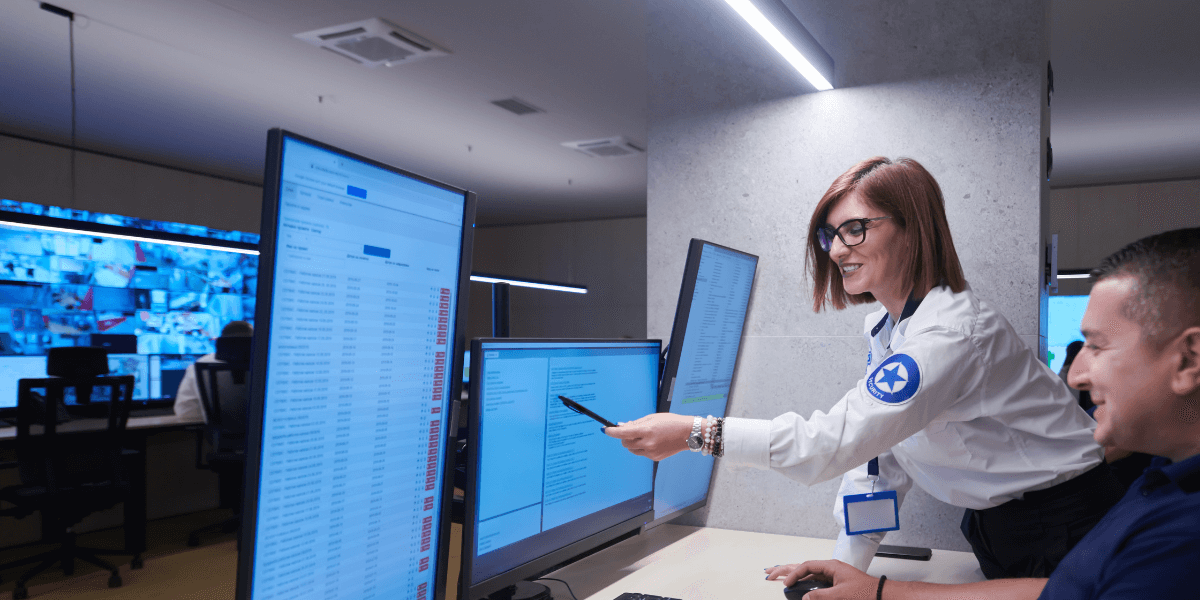Empowering Predictive Maintenance with InCentrik’s BearingMD
At InCentrik, we believe in creating innovative solutions that revolutionize how our customers maintain and optimize their operational machinery. Our...
6 min read
![]() The InCentrik Team
Jul 25, 2023 10:35:31 AM
The InCentrik Team
Jul 25, 2023 10:35:31 AM

Today's discussion delves into how automation and control systems can navigate these challenges, optimizing the transloading process, and ensuring that despite these complexities, the highest quality LNG reaches clients.
This blog post will explore how automation and control systems can overcome these hurdles, optimizing the transloading process for companies and ensuring their clients receive the highest quality product.
The ever-evolving landscape of the LNG industry presents a myriad of challenges for companies, which require innovative solutions to remain competitive and efficient. In this section, we will examine the key problems that automation and control systems for LNG are designed to tackle, such as temperature fluctuations, pressure maintenance, safety concerns, and logistical issues related to port accessibility.
By gaining a deeper understanding of these challenges and the transformative solutions offered by automation and control systems, companies can harness the full potential of these technologies to optimize their operations and drive success in the global energy market.
One of the primary challenges in transporting LNG from its source to its destination lies in managing the saturated and unsaturated LNG temperature fluctuations during the journey. LNG is stored and transported at extremely low temperatures, typically around -162°C (-260°F), to keep it in its liquid state. As the LNG travels across long distances, it is exposed to various environmental factors, such as changes in ambient temperature, which can cause the cargo temperature to fluctuate.
These temperature fluctuations can have several adverse effects on the LNG, including an increased risk of evaporation, which leads to product loss and, consequently, a reduction in the overall efficiency and profitability of the transportation process. Moreover, temperature changes can cause thermal stresses on the storage and transportation equipment, impacting the structural integrity of the containment systems and increasing the risk of leaks or accidents.
Automation and control systems for LNG are designed to address these temperature-related challenges by continuously monitoring and regulating the temperature of the cargo throughout the transportation process. These advanced systems utilize various sensors, control algorithms, and feedback mechanisms to detect any deviations from the optimal temperature range and make real-time adjustments to the cooling systems, ensuring that the LNG remains at a stable temperature.
Another critical aspect of transporting LNG safely and efficiently is maintaining the appropriate pressure levels within the storage and transportation equipment. Due to its extremely low temperature, LNG is stored at near-atmospheric pressure, which prevents it from converting back to its gaseous state. However, during transportation, the LNG may experience changes in pressure due to various factors, such as changes in ambient temperature, movement of the ship, and the gradual vaporization of LNG, known as boil-off gas (BOG).
Maintaining the correct pressure levels is essential to prevent the excessive accumulation of BOG, which can lead to over-pressurization, equipment damage, and increased risk of accidents. Additionally, uncontrolled pressure fluctuations can negatively impact the overall efficiency and profitability of the transportation process by causing product loss and reduced cargo quality.
Automation and control systems for LNG play a crucial role in maintaining the appropriate pressure levels within the containment systems during transportation. These sophisticated systems utilize advanced sensors and control algorithms to continuously monitor the pressure within the storage tanks, detecting any deviations from the optimal pressure range. Based on the real-time data and feedback mechanisms, the control systems can make adjustments to the pressure relief systems, venting, and BOG management systems, ensuring that the pressure is maintained within the desired range.
The handling and transportation of LNG present a unique set of challenges and potential hazards due to its extremely low temperature, flammability, and the high pressure of its gaseous state. Ensuring the safe operation and associated equipment is of utmost importance to prevent incidents that could have severe consequences for the crew, environment, and the overall reputation of the company.
Sensitive controls provided by advanced automation and control systems are key to ensuring safe operations during the transportation and handling of LNG. These systems offer precise and accurate control over the entire process, including pressure and temperature management, loading and unloading operations, and BOG handling.
With real-time monitoring and feedback mechanisms, these control systems can promptly detect any anomalies or deviations from the optimal operating conditions, allowing for quick intervention and adjustments to maintain safety.
One of the major logistical challenges faced by companies in the LNG industry is the accessibility of ports for loading and unloading operations. Many ports around the world have limited depth and infrastructure, which can restrict the access of large FSRU vessels carrying LNG cargo. Consequently, these vessels are unable to get close enough to the ports to perform their loading and unloading operations safely and efficiently.
To overcome this issue, companies often utilize ISO tank transloading systems, which enable the transfer of LNG from the FSRU vessels to smaller offshore support vessels (OSVs) equipped with ISO containers. These OSVs can then navigate the shallow ports and deliver the LNG cargo to energy customers on land. This approach not only provides a solution to the port accessibility issue but also allows for a more flexible and adaptable LNG supply chain, catering to the varying demands and requirements of the energy market.
Automation and control systems play a critical role in facilitating the ISO tank transloading process by ensuring the precise and accurate transfer of LNG between the FSRU vessels and the OSVs. These systems are designed to control the flow rate and distribution of LNG during the transfer process, as well as to maintain the optimal pressure and temperature conditions to prevent product loss and ensure the safety of the operation.
InCentrik offers comprehensive automation and control system solutions tailored for LNG.
Our team understands the critical role that precise and reliable controls play in ensuring the safe, efficient, and profitable transportation of LNG. By offering tailored control system implementation services, InCentrik helps companies to address their unique operational challenges and optimize their processes.
With the implementation of advanced controls, companies can benefit from increased operational efficiency, reduced risk of accidents, and enhanced overall performance, positioning them for success in the competitive global LNG market.
Our team understands that every company has unique goals and objectives, which is why we prioritize offering customized automation and control system solutions tailored to each client's specific needs. By aligning our services with the company's goals, we ensure that the implemented systems not only address the immediate challenges but also contribute to the long-term success and growth of the company.
One of the key challenges faced by companies is supplying LNG to remote areas and over long distances, where the infrastructure for traditional pipelines may be limited or nonexistent. InCentrik's automation and control solutions, combined with the ISO tank transloading process, provide a viable alternative that allows companies to expand their reach and deliver LNG to these underserved markets.
By providing solutions that support increased LNG volume in remote areas and facilitate long-distance transportation, InCentrik enables companies to tap into new markets and customer segments, further strengthening their position in the global LNG industry.
InCentrik recognizes the importance of having a well-trained and knowledgeable crew to operate and manage the advanced automation and control systems used in LNG transportation.
Our team of experienced trainers and specialists work closely with the company's crew to provide hands-on, practical training that focuses on real-world scenarios and challenges. This immersive approach ensures that the crew not only gains a thorough understanding of the automation and control systems but also develops the necessary skills to effectively manage any potential issues that may arise during LNG transportation and handling.
Are you interested in exploring how InCentrik's automation and control system solutions can benefit your company? Our team of experts is here to help you address your unique challenges and goals in the LNG industry.
To learn more about our tailored services and how we can support your company's growth, please don't hesitate to reach out to us.
What You Need to Know About The Integrated Remote Operations Center (iROC) - Integrated Remote Operations Center 'iROC' are becoming popular as organizations seek ways to improve efficiency and costs. Here's what you need to know.
PI System Monitoring with PI MD - PI MD is a system that helps administrators collect, organize and understand data from their infrastructure, PI system components and related applications.
Monitoring and Diagnostics with Valve MD - Let's explore the features of Valve MD and how they can help you track and analyze control valve data and monitor their condition.
Empowering Predictive Maintenance with InCentrik’s BearingMD - Explore BearingMD by InCentrik - our cutting-edge solution for proactive bearing condition monitoring, ensuring optimal industrial operations
![]() Leading the digital transformation in the manufacturing industry. We bring our customers value through automation, integration, data management, and business intelligence. We bridge the gap between what really goes on in your plant and the decision-making power you hold as an executive.
Leading the digital transformation in the manufacturing industry. We bring our customers value through automation, integration, data management, and business intelligence. We bridge the gap between what really goes on in your plant and the decision-making power you hold as an executive.
At InCentrik we automate our customers process systems, manage our customer's data (from any data source), make data available to everyone, and we bring business intelligence to the data in order for our customers to work more efficiently. Checkout our Smart Apps including the Crisis Communication App, SmartHub and SmartHub Apps OEE, Shift, PI, Rounds, and Permits.

At InCentrik, we believe in creating innovative solutions that revolutionize how our customers maintain and optimize their operational machinery. Our...

AVEVA is making an indelible mark on the mining industry, earning recognition from Fastmarkets as the Technology/IT Provider of the Year for 2021....

iROC (Integrated Remote Operations Center) is becoming increasingly popular as organizations look for ways to improve operational efficiency and...